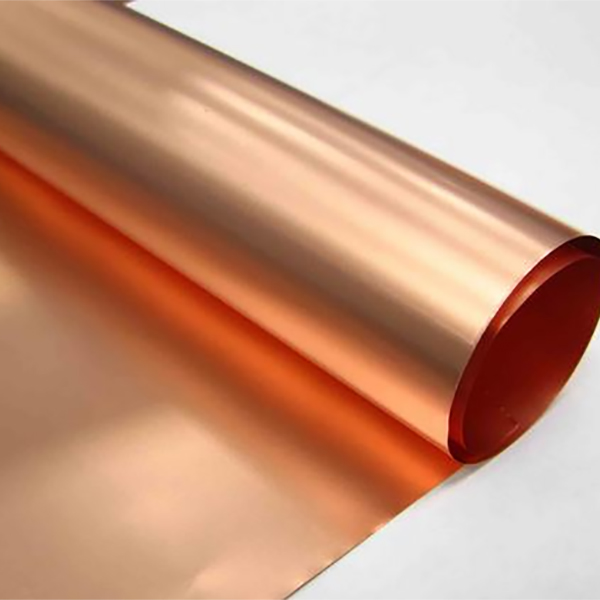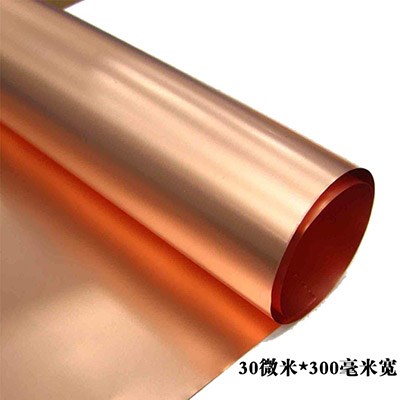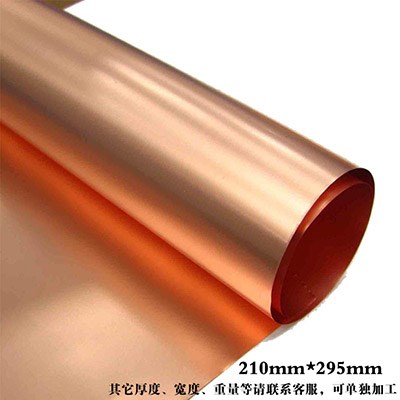Chuzhou preferred copper foil price
With the further competition in the market, even those with high added value have to be controlled from the production cost. Because the production requires very strict cleanliness of its electrolytic solution (copper sulfate solution), many filtration systems and liquid feeding pumps are repeatedly used in previous production processes. A new process flow is provided here, which can fundamentally control product quality and reduce production costs.
Chuzhou preferred copper foil price
Calendered copper foil products have good ductility, flexibility, low roughness and high folding resistance, and have become the basic materials of flexible printed circuit boards, mainly used in flexible circuit boards and high-frequency circuit boards.
Chuzhou preferred copper foil price
The production of extremely thin copper foil has high barriers, and the products produced still need to meet many requirements of downstream lithium ion battery manufacturers. For investors, they should not only focus on the single index of thickness, not all manufacturers produce 6 μ M Copper foil is consistent, and the thinner the better.
Chuzhou preferred copper foil price
The surface of the copper foil shall be smooth and clean without obvious wrinkles, oxidation spots, scratches, pitting, pits and stains. The porosity of 305g/m2 and above shall not exceed 8 penetration points within the area of 300ram × 300mm; The total area of pores on an area of 0.5m2 shall not exceed the circular area with a diameter of 0.125mm.
Chuzhou preferred copper foil price
Copper foil is a key conductive material in lithium ion batteries and printed circuit boards. It is a kind of negative electrolytic material, a thin, continuous metal foil deposited on the substrate of circuit board.
Chuzhou preferred copper foil price
The calendered copper foil is made by repeated rolling annealing process of copper ingot based on the principle of plastic processing. Its internal structure is lamellar crystal structure, and the product has good ductility. At present, it is mainly used in the production of rigid circuit boards, while the rolled copper foil is mainly used in flexible and high-frequency circuit boards.











